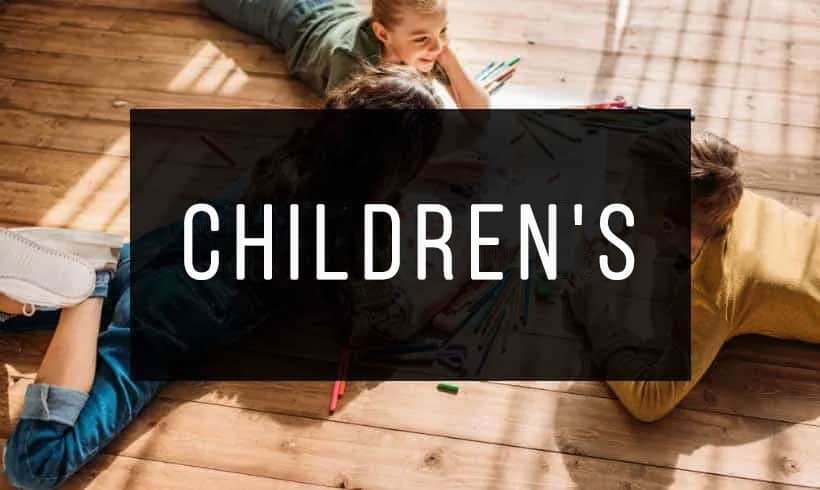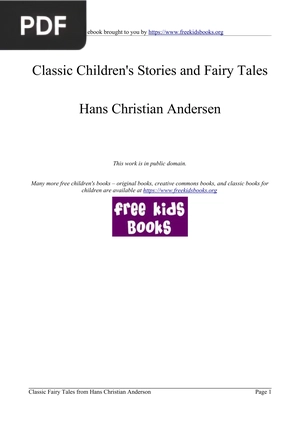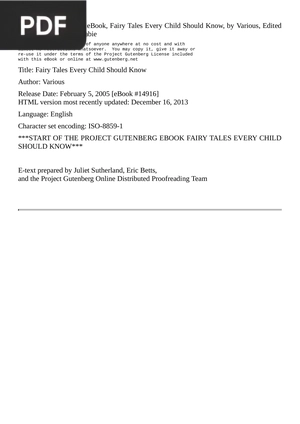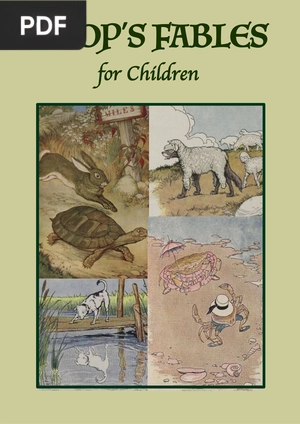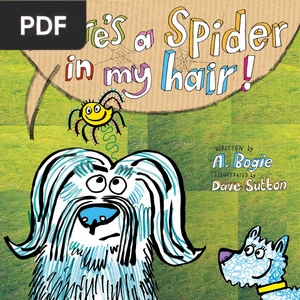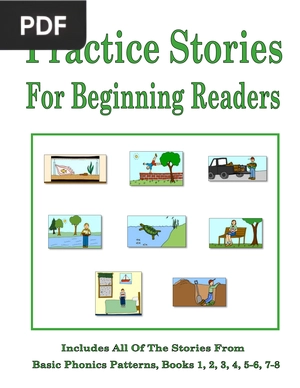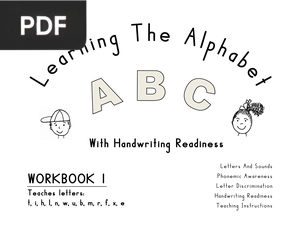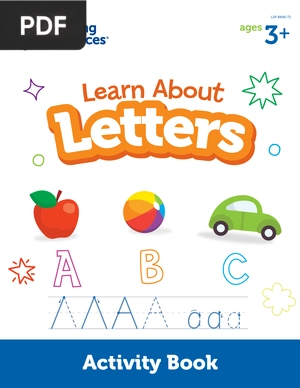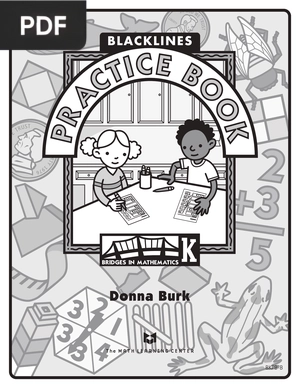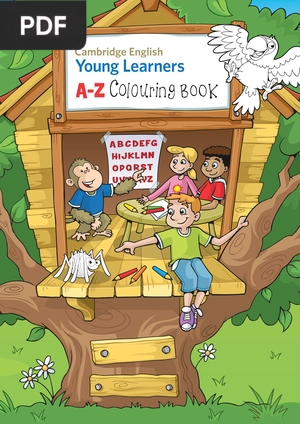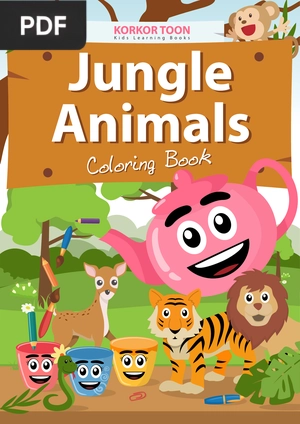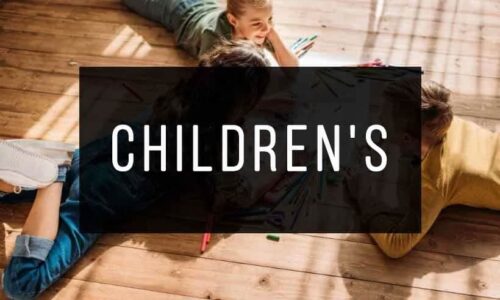Welcome to our wonderful world of children’s books! Here you’ll find a wide variety of stories and adventures that will dazzle the little ones and foster their love for reading.
Our goal is to offer free, high-quality children’s book downloads, so that there is always a good story in your children’s lives. Our selection of children’s books covers many themes, ensuring there’s always something new and interesting to explore.
In addition, we take pride in providing educational and entertaining materials that will help children develop reading and comprehension skills while having fun diving into magical and fantastic worlds.
We’ve organized our children’s books into different categories and genres, so you can easily find the perfect book for each little reader.
Dive into our collection of free children’s books and start sharing unforgettable reading moments with your little ones.
Outstanding Children’s Books
#1 Classic Children’s Stories and Fairy Tales
Extension: PDF | 94 pages
Classic Children's Stories and Fairy Tales by Hans Christian Andersen. Contains a collection of fairy tales and classic stories for children, including stories such as "The Emperor's New Clothes," "The Snow Queen," "The Little Match Girl," and many more.
#2 Fairy Tales Every Child Should Know
Extension: PDF | 218 pages
Fairy Tales Every Child Should Know by Hamilton Wright Mabie. It is a collection of classic fairy tales that seek to enchant and educate children through imagination and adventure.
#3 Aesop’s Fables for Children
Extension: PDF | 127 pages
Aesop's Fables for Children by Aesop is a collection of illustrated short stories with moral lessons aimed at children. The fables are timeless and educational, using animals to convey important life lessons in a simple and engaging manner.
#4 There’s a Spider in my hair!
Extension: PDF | 36 pages
There's a Spider in my hair! by A. Bogie this book is designed for children ages 3 to 6 and explores topics such as well-being and finding help during difficult times.
#5 Practice Stories For Beginning Readers
Extension: PDF | 154 pages
Practice Stories For Beginning Readers by Kathryn J. Davis contains a collection of practice stories designed for beginning readers, focusing on phonetic patterns, sight words, and simple narratives.
#6 Learning the Alphabet With Handwriting Readiness
Extension: PDF | 190 pages
Learning the Alphabet With Handwriting Readiness, is an activity book that teaches letters of the alphabet, phonemic awareness, and writing readiness through detailed teaching instructions.
#7 Learn About Letters Activity Book
Extension: PDF | 93 pages
Learn About Letters Activity Book, is an interactive activity book designed to help children learn letters through engaging exercises and illustrations.
#8 Practice Book
Extension: PDF | 88 pages
Practice Book by Donna Burk is a kindergarten math practice book that offers a unique combination of concept development and skill practice in the context of problem solving.
#9 A–Z Colouring Book
Extension: PDF | 32 pages
A–Z Colouring Book by Cambridge English is designed to help children learn new words in a fun way and improve their English skills.
#10 Jungle Animals Coloring Book
Extension: PDF | 14 pages
Jungle Animals Coloring Book by Korkortoon is a printable coloring book featuring various jungle animals, engaging children in creative and educational activities.
1) Animal Coloring Books
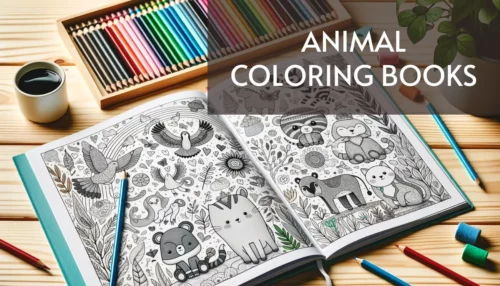
It is a fortune that most children like to color, is a very profitable activity that brings many benefits. Drawing, coloring and painting are ways for children to express themselves through art. It helps them to develop many skills in addition to finding a healthy and different vehicle of communication.
Usually these types of activities are left to the school, but nothing is more wrong. At home, children should be allowed to express themselves through colors and shapes.
Besides being a way to express themselves and transmit emotions and ideas, coloring brings several benefits in the development of the child that are interesting to know. It develops the imagination, promotes concentration, strengthens fine motor skills, allows relaxation and provides entertainment and fun.
2) Bedtime Stories for Children
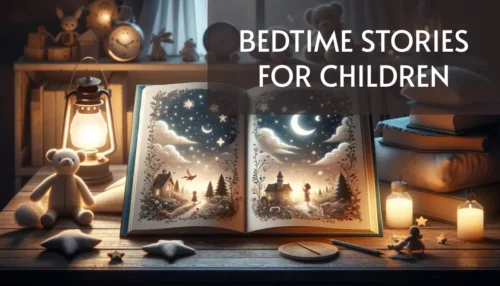
Discover a magical collection of children’s stories specially designed to accompany kids in their sweet dreams.
These bedtime stories are the perfect ingredient to create a relaxing bedtime routine, transporting little ones to a world of fantasy and tranquility.
With endearing characters, captivating plots, and comforting messages, these stories are the key to immersing children in a deep and restful sleep.
3) Books for Babies
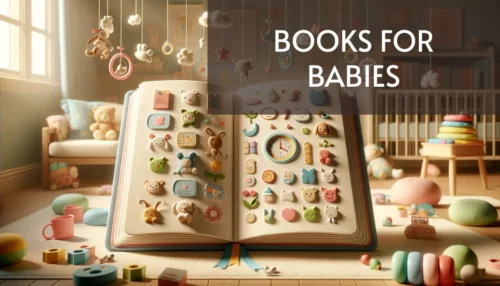
Human beings have the capacity to interpret reality from the time they are babies. You don’t have to wait for your children to talk or go to school to start teaching them the habit of reading.
When a baby listens to the voice of his/her mom or dad, it creates an important emotional connection and security that impacts his/her development. Reading stories or poems to your baby strengthens the bond and helps your child get used to understanding reality through familiar voices.
Keep in mind that your baby is already a thinking being and is evolving rapidly every day. Early stimulation is extremely important, even to prevent or improve future conditions such as learning disabilities, language problems or autism.
4) Books on Reading and Writing
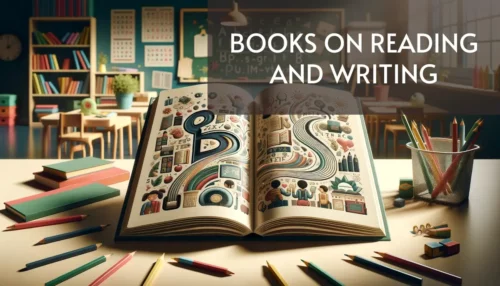
Interpretive reading and writing is a capacity and ability that we should all have. This is possible through the technique of deciphering a word or text, through the graphic transcription of oral language, using cognitive, sensory and motor skills.
It is a learning process on which educators will place special emphasis during early childhood education. Through interpretive reading and writing, the individual will be able to orient and structure their thoughts in relation to a written document in a given language.
Currently, the most commonly used methods are: syllabic, global and mixed. In the past, other syllabic methods were used, using syllabic books or notebooks that tried to make letters and form words. Nowadays, linguistic elements are taken into account, the relationship between the object and the words, so that the child gives a meaning to those letters or words and relates them to real life objects.
5) Books to Learn to Read
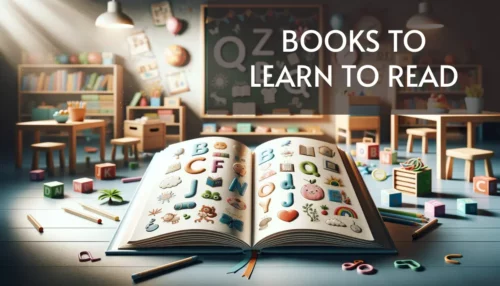
Reading books aloud is one of the best ways you can help your child learn to read. This activity can also be fun for you. The more enthusiasm you show in reading a book, the more your child will enjoy it. The most important thing to remember is to let your child follow his or her own pace and have fun with what they are doing.
Books for learning to read are a good way to speed up your child’s learning. Keep in mind that games will encourage and entertain him/her, and that he/she will unconsciously take big steps in reading.
Patience should accompany you, as it is a long and exciting process in which you will have an important role. As a parent, you will need a little creativity and a lot of time to spend with your little one.
6) Books with Pictograms
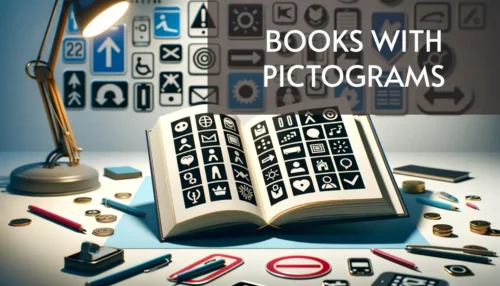
As a highly effective and delightful didactic strategy for children, free books with pictograms in PDF format emerged, which we are bringing to you in this section.
The first pictograms were the precursors of the writing system we know today, and they have endured over time as a mechanism to convey a clear and precise message through an image.
It is these images that are used in the texts we are sharing with you today, aimed at children, with the intention of conveying information to them in the best way possible.
7) Children's Books
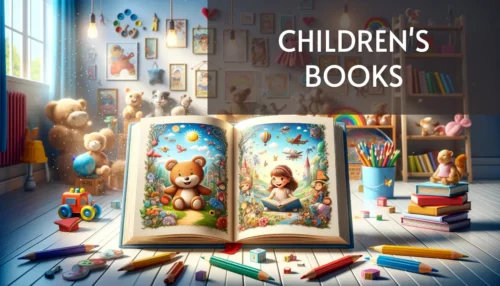
In our children’s books section, you will find an exciting collection of readings designed especially for young readers.
From short and fun books to educational materials for preschoolers and thrilling reads for children aged 8 to 14, our selection covers a wide variety of topics and age ranges.
Our goal is to foster a love for reading, imagination, and learning through captivating stories and interactive activities.
8) Children's Story Books
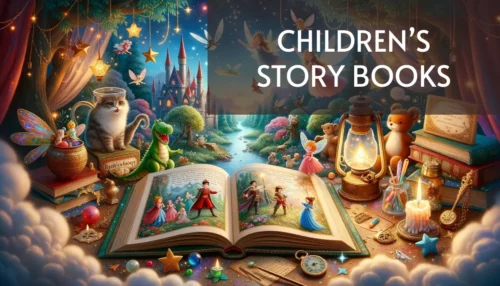
Children’s stories are tales or narratives, usually fictional in nature, whose purpose is varied, since some are merely informative, others have a ludic (playful) sense and others have a didactic purpose.
In today’s world, where there have been notable advances in the study of human behavior, children’s stories play an important role in pedagogical and cognitive development.
At present, children’s stories are catalogued as a reinforcement tool for the individual integration to the processes of society, and as a support for the teaching of values, all of this in full agreement with the processes of elementary education in force.
9) Christmas Stories

Christmas is a very special time of year. For children, it’s a magical season, and for adults, it’s a time to reminisce and rediscover that childlike spirit that stays hidden the rest of the year.
The tales, stories, and legends of Christmas are countless. They are stories that make you dream of the magical days of Christmas, filled with gifts and special moments with family.
Here, we have gathered a selection of the best Christmas Stories for children so that you can enjoy the holiday spirit without needing to pay or register.
10) Craft Books
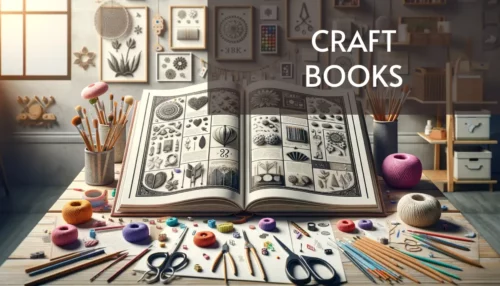
If you are looking for the best way to interact with your children while they develop their skills and learn new ways of doing things, you can read our free craft books in PDF format, specially created for the little ones.
Manual activities contribute enormously to the integral development of children, to improve their education and to know new formats and possibilities, which helps to increase their imagination and creativity.
By putting into practice the tasks or activities shown in the texts that we share with you, you contribute to the motor development of children; without a doubt, crafts are positive and beneficial for children.
11) Dinosaurs Books
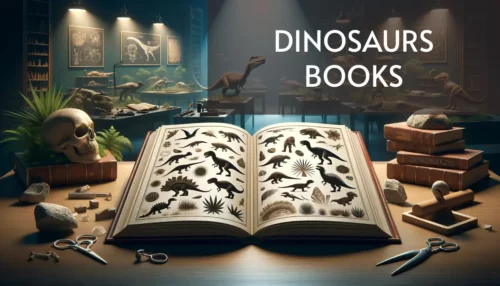
If you are looking for a way to stimulate reading and study in your children, dinosaurs can help you a lot. Is there anything that arouses more curiosity in a child than a dinosaur? It seems incredible that some giant reptiles have inhabited the Earth and have suddenly become extinct.
In order for a child to read, we must turn to topics that interest him or her. Most children are attracted to this prehistoric animal that dominated our planet, for a reason museums have been created with the sole purpose of showing the history of these fascinating creatures.
Through fun books for them they can learn concepts such as fossils, excavation, extinction, among others. Similarly, know the types of dinosaurs, their characteristics, how they behaved and what types of ecosystems they lived in.
12) Dragon Books
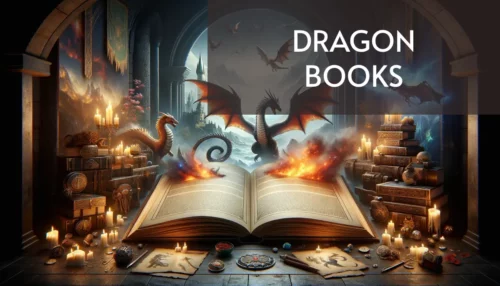
The dragon is known as the snake-like animal, with lion’s claws and eagle’s wings, which shoots fire from its mouth. The dragon is present in the mythology of several cultures, such as Chinese and European, with different symbolism.
This character not only captures the attention of adults, but also becomes something incredible and fantastic for the little ones. The imagination of children with these characters flies to a world of adventures, heroes, bravery, magic… becoming one of their favorite stories.
Whether the dragon is the villain to be faced and becomes a challenge for children, or the dragon is a friend who teaches them values, no matter the presentation of the character, these tales or stories will always guarantee fun and adventures to discover.
13) Fairies Books
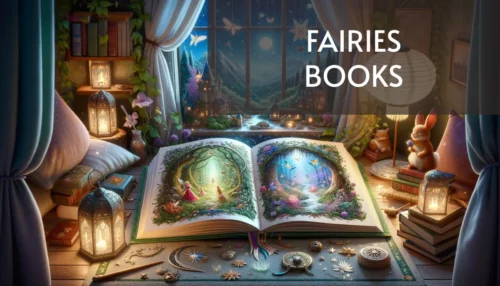
A fairy is a fantastic creature attributed with magical abilities. Fairies are usually depicted as beautiful women with butterfly wings.
What usually characterizes fairy tales is the fact that they often feature a constant struggle between good and evil, and the protagonists are accompanied by characters from the supernatural, as well as from a plane outside the parameters of reality.
With fairy tales, children nurture their fantasy world, as magical thinking plays an important role in children. However, beyond children’s stories, we find in these tales other elements that also interest adults: the yearning for freedom, the search for happiness and the need for daydreaming.
14) Ghost Books

Immerse yourself in a world of thrilling suspense and mystery with our collection of Ghost Books! These captivating children’s books will transport you to supernatural adventures filled with fascinating characters and unexpected twists.
From ghostly friendships to brave heroes facing paranormal challenges, our books offer a unique and entertaining reading experience for young readers.
Download more than 5 ghost books in PDF format for free and let your imagination soar in these exciting stories.
15) Mermaid Books

Welcome to the magical world of mermaids with our collection of mermaid books! Dive into the depths of the ocean and discover charming stories and exciting activities starring these fascinating creatures.
Our children’s book section offers much more than just tales; you will also find coloring books and interactive activities that will stimulate children’s creativity.
In our collection of mermaid books, little ones can let their imagination run wild and immerse themselves in an underwater world full of adventures and magic.
16) Nursery Rhymes and Songs Books
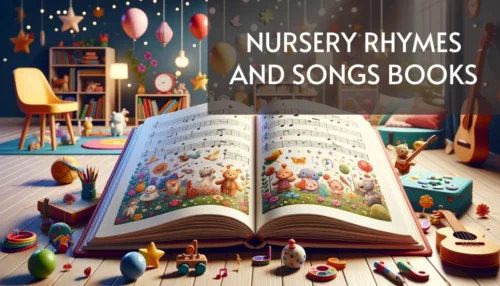
On this occasion we bring you a series of nursery rhymes and songs so that you can share them with the little ones in your family and have fun with each one of them.
From the moment they are in the mother’s womb, babies already perceive sounds that will later be significant in their lives. For example, the voice of their mom and dad. Although not consciously, they already perceive the rhythm and melody of the voices, the music and even the combination of environmental sounds, a whole orchestra framing their stay in the womb.
The love for reading is something that is tried to promote since the children are very young so that they can easily get into a habit that will leave them a lot throughout their lives. With songs and rhymes we can make the process of learning to read much more fluid and exciting, it is just a matter of putting effort and our imagination to fly.
17) Pirate Books

Embark on an exciting pirate adventure with our collection of pirate books! Immerse yourself in a world filled with hidden treasures, courageous sailors, and epic battles on the high seas.
Our selection includes not only captivating tales and stories but also coloring books and interactive activities that will keep children entertained for hours.
Pirate books offer a fascinating and educational reading experience for young adventurers.
18) Riddle Books
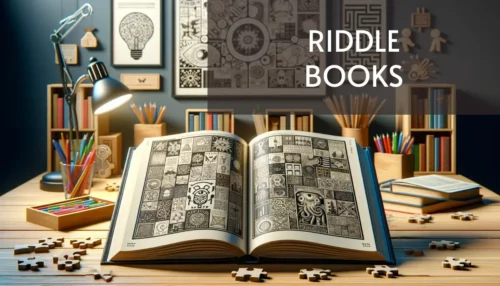
If you want to have fun in an enjoyable, entertaining, and educational way with your children and loved ones, you can explore our collection of free riddle books in PDF format.
Textual riddles often include clues that help or guide you to guess the correct answer. They also incorporate an educational component, aiming for young ones to learn about traditions, animals, plants, and more.
Have a blast while learning alongside your children with the help of the texts we share in this section. It’s a delightful collection of books for guessing objects, fruits, and many other things.
19) Short Stories for Children
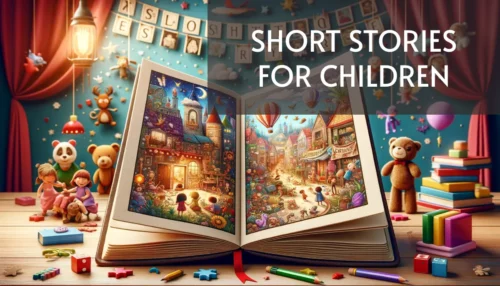
Reading bedtime stories to the little ones is one of the oldest family traditions in the world, and everything indicates that this will not change in the future. One of the main reasons is that short stories represent an excellent opportunity to strengthen the relationship between parents and children.
In addition, short stories keep children focused. Due to the child’s cognitive immaturity, long stories are often less easy to remember and, as a result, they quickly lose concentration. It has been scientifically proven that children’s short stories promote their psychological development.
Thanks to these stories, children can also improve their vocabulary and language, stimulate creativity and receive positive values from an early age. If we take into account that 80% of the brain develops during the first five years of life, children can find in stories a great ally for the future.
20) Unicorn Books
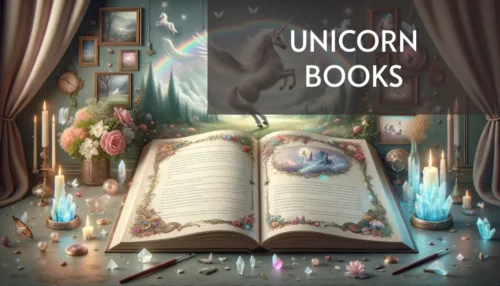
Welcome to the magical world of unicorns with our collection of unicorn books! Dive into a universe full of color, fantasy, and fun with our free books in PDF format.
In our Unicorn Books section, you will find a variety of options that go beyond tales and stories.
We also offer coloring books and interactive activities that will allow children to explore their creativity and immerse themselves in the fascinating world of unicorns.
21) Uppercase Books

Over time and with the advancement of educational methodologies, countless texts have been created to provide ideal tools for shaping young children, such as uppercase books.
A thorough and comprehensive understanding of writing and reading rules should be facilitated to boys and girls in the best possible way, so that they can properly master spelling resources, such as uppercase letters.
Everything related to the usage, meaning, and purpose of capital letters can be explored in our uppercase books, which you can share with your little ones.
22) Workbooks to Learn to Read
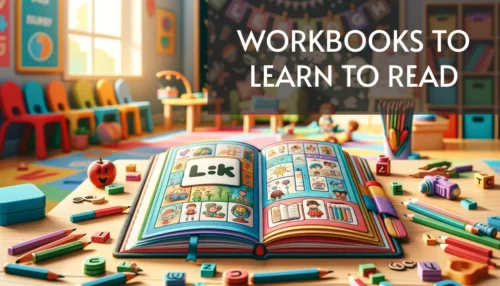
It has been scientifically proven that reading at an early age can bring countless benefits to individuals. From cultivating a broad and vast lexicon, to considerably improving their creativity and ingenuity. In fact, important studies have shown that reading is one of the best exercises to develop, maintain and care for our mind.
Moreover, the beautiful stories that books can bring to children can make them see the world in a better way, while opening their minds to new knowledge. A person’s culture is also based on the books they have enjoyed and the lessons they have been taught.
In short, when your child learns to read, they are acquiring a powerful tool for their formation as a person.
23) Coloring Books

The coloring books we offer on our site are not only for children, but there are books for all ages, so that everyone can have fun. We offer you a wide variety so that you can choose the ones you like best.
Books tell wonderful stories, with the difference that you can intervene, but adding color to what they tell us. They are also very helpful in the learning process because they activate the mind for creative thinking.
24) Spanish Books for Kids
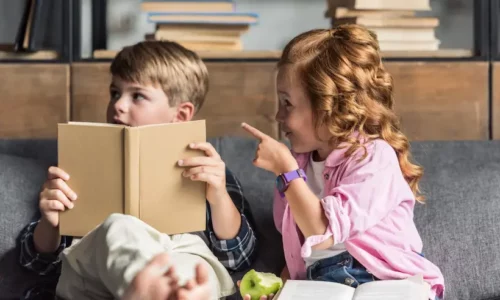
Discover a world full of fun and learning with our collection of Spanish books for children! These free books are the perfect way to immerse yourself in Spanish while exploring exciting stories and endearing characters.
Our collection has been specially curated for children who are starting to learn Spanish. The books feature simple vocabulary and structures, making it easy to understand and learn the language.
From classic tales to interactive books, each story is designed to capture the attention of little ones and help them develop their Spanish skills in a fun and stimulating way.
25) French Books for Children
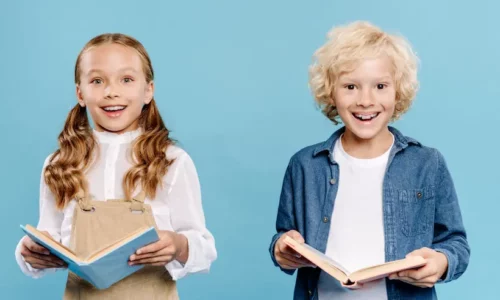
Immerse yourself in a fascinating world of adventure and learning with our selection of 20 French books for children. These books offer a unique opportunity for your little ones to immerse themselves in the French language from an early age, while developing their love of reading.
From classic tales to contemporary stories, our collection covers a wide variety of genres and themes, adapted to different ages and skill levels.
From the comfort of your home, you can take your children on a journey of discovery and adventure through the pages of these captivating books. Explore our collection and open the doors to a world of knowledge and fun for your little ones!
26) Portuguese Books for Children
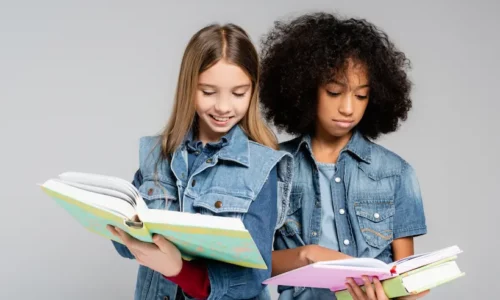
Children’s reading in Portuguese offers great benefits for the development of the little ones. Beyond entertainment, it allows them to improve their vocabulary, grammar, and ability to concentrate pleasantly and naturally.
The books, properly selected according to their age and language level, introduce them to new words and structures through stories that capture their attention. They also introduce them to various topics and allow them to expand their knowledge of the world around them.
It stimulates their creativity, imagination, and interest in learning. Thanks to this selection of 20 books in Portuguese for children, young children, and beginners alike will be able to immerse themselves in the adventures of their favorite characters.
27) Children's Novels
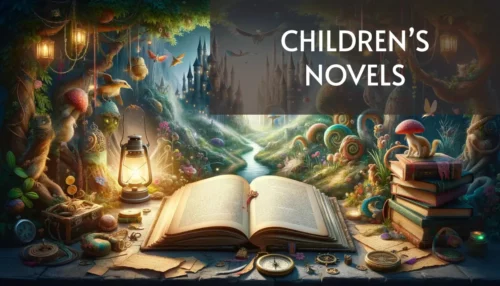
Novels for children are those whose content is aimed at the child reader. These texts are those that society has determined as suitable for children to read, understand and enjoy.
Novels for children can be considered as creativity expressed in written form and with some artistic touches. This genre also includes stories or narratives with stereotypical characters to represent a social environment.
Countless works belong to this type of novel, so you can provide a sea of literary alternatives for your children.
28) Children's Horror Books
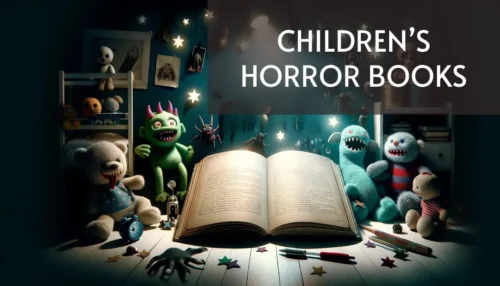
Because fear and terror are not just a matter for adults, we have created a collection of children’s horror books for everyone at home to enjoy.
Several of the classic horror books are considered suitable for reading to the youngest members of the family, as they are stories with the element of fear and intrigue; some of them are even short readings.
We invite you to review our list and choose the stories that may be more in line with your child’s age and maturity to face fears.
29) Cookbooks for Children
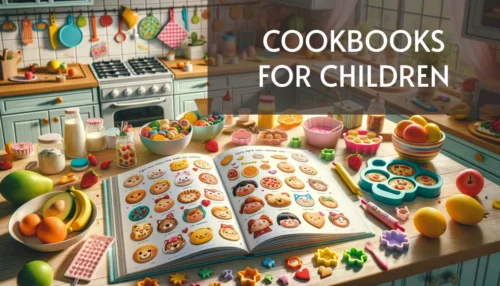
For children, the kitchen is a great space for sensory experimentation, meaningful reality-based learning and a place for bonding. Involving them in food preparation helps them to internalize good eating and hygiene habits, as well as safety rules, from a very early age.
In fact, the age and time will come when children themselves will feel the curiosity and desire to help in the kitchen, in the preparation of a meal. Therefore, it is an opportunity for parents to make this an activity that integrates the family in a fun way.
Among its benefits we can mention: the development of manual dexterity, the development of communication and socialization skills, stimulates their senses, motivates them to pick up and clean, they dare to try new foods.
30) Philosophy Books for Children
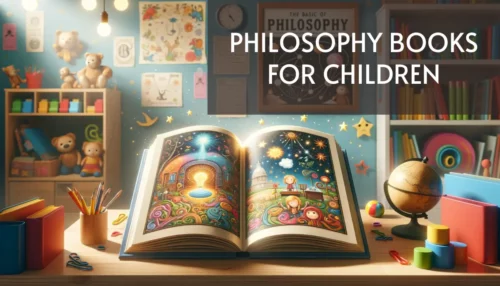
Philosophy, which plays a fundamental role in the formation of committed citizens and with their own judgment, has traditionally been considered a subject too abstract and obtuse for children; it was thought to be a form of knowledge suitable only for the fully developed minds of adults.
However, in the opinion of numerous experts, children not only can philosophize, but should do so. Among them is Matthew Lipman, philosopher and creator of the Philosophy for Children project, who expressed the following “It is necessary to teach children to philosophize, so they will learn to think and will be able to build a better world, to be active and engaged citizens”.
The Philosophy for Children project and program appeared in the United States at the end of the 1960s and is based on the realization that it is not possible to achieve truly free and supportive societies if we do not have people capable of thinking for themselves within the framework of a supportive and cooperative discussion process.


